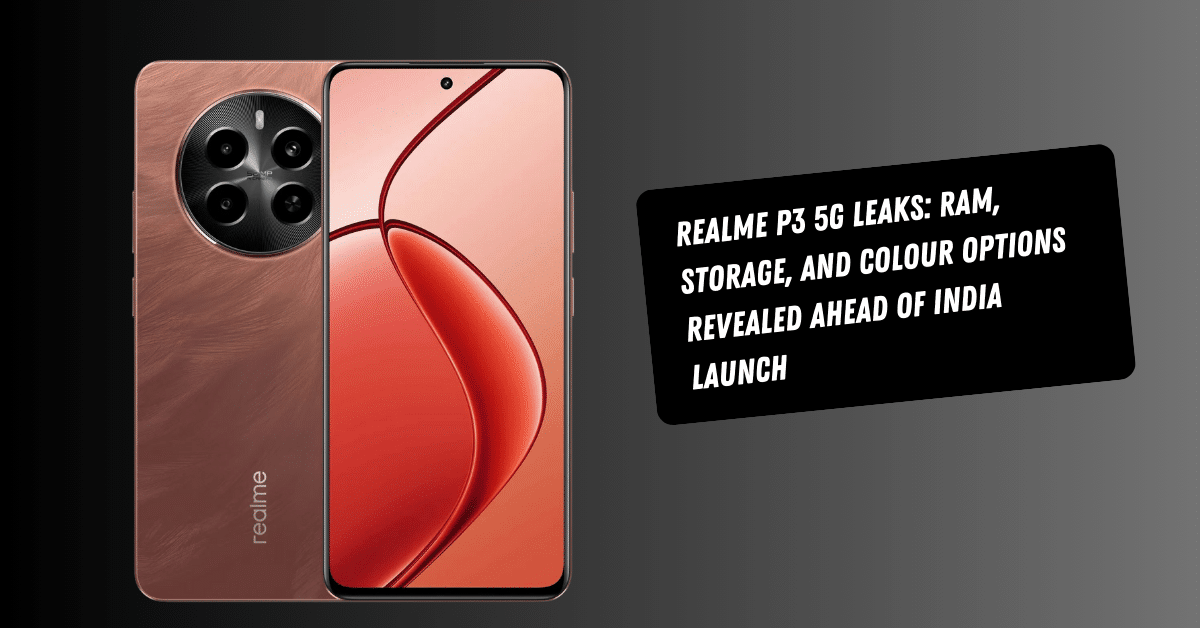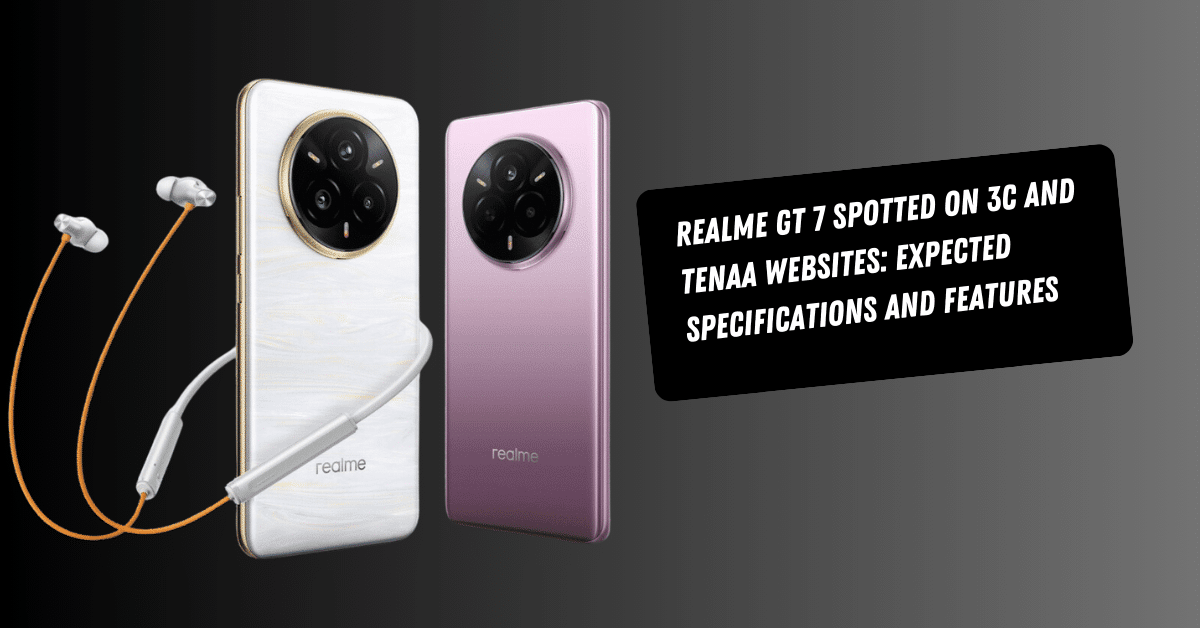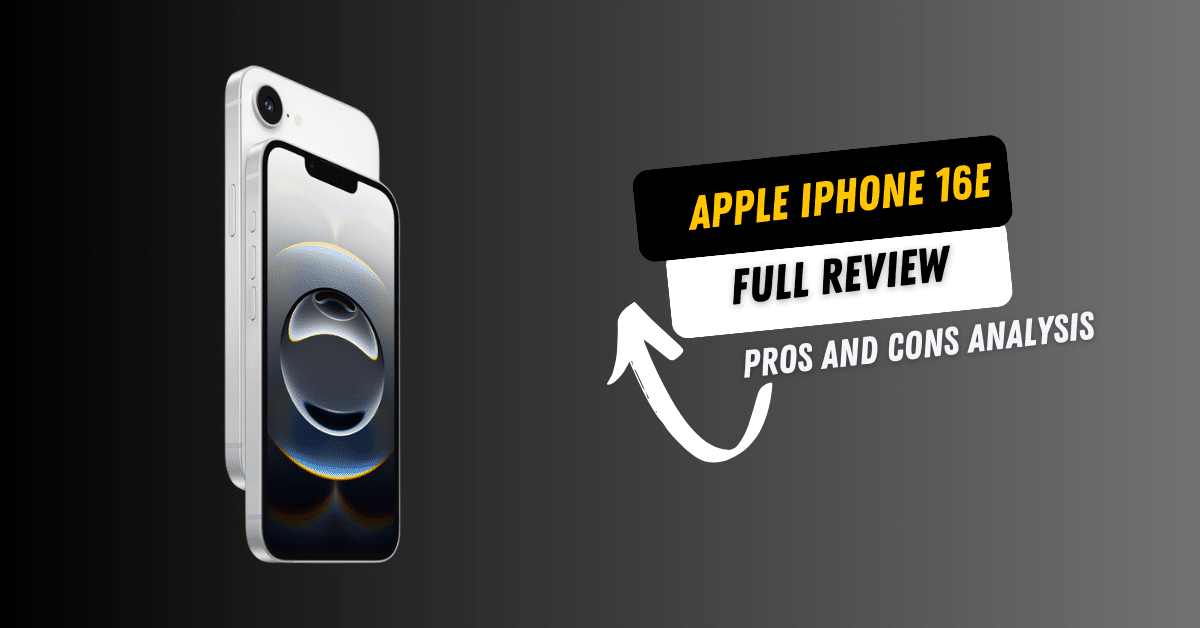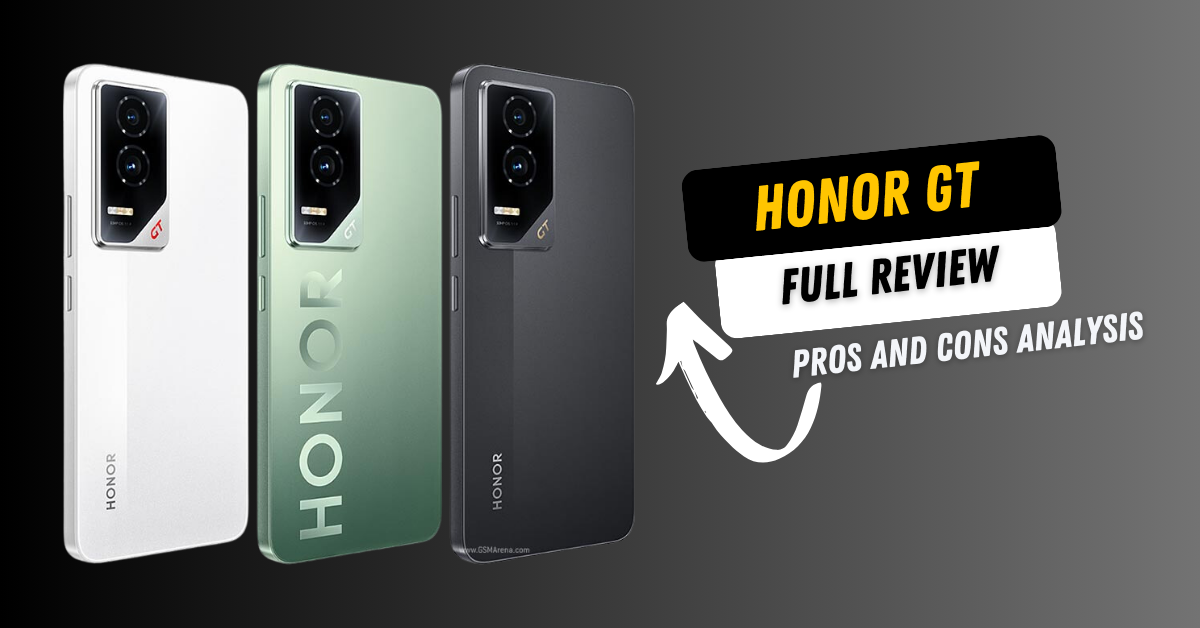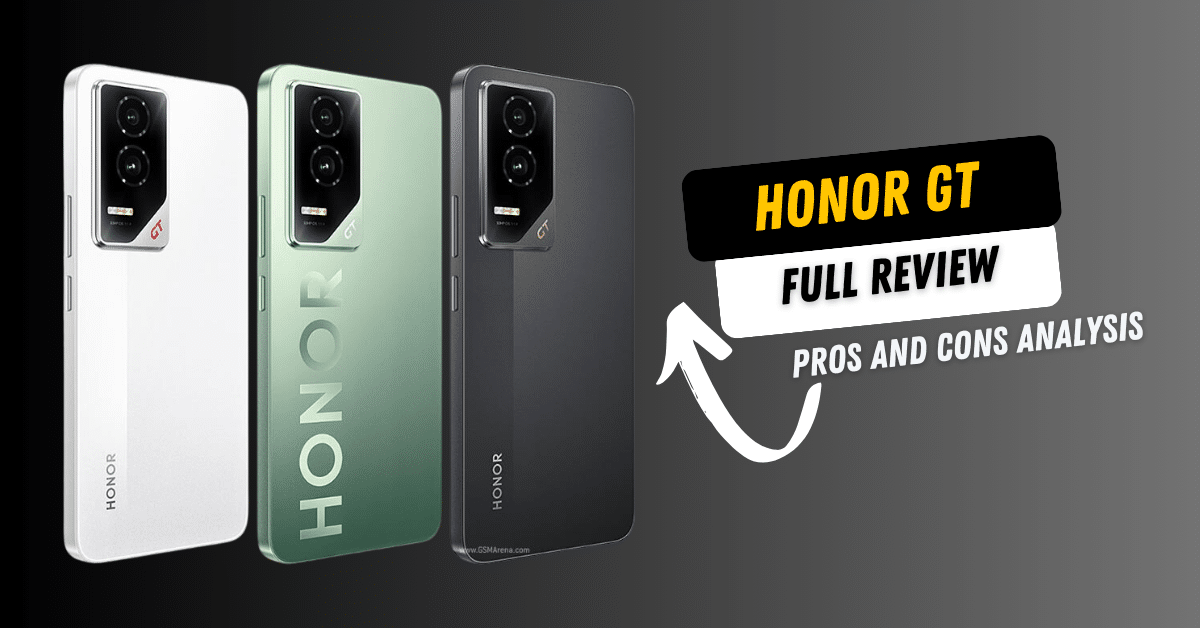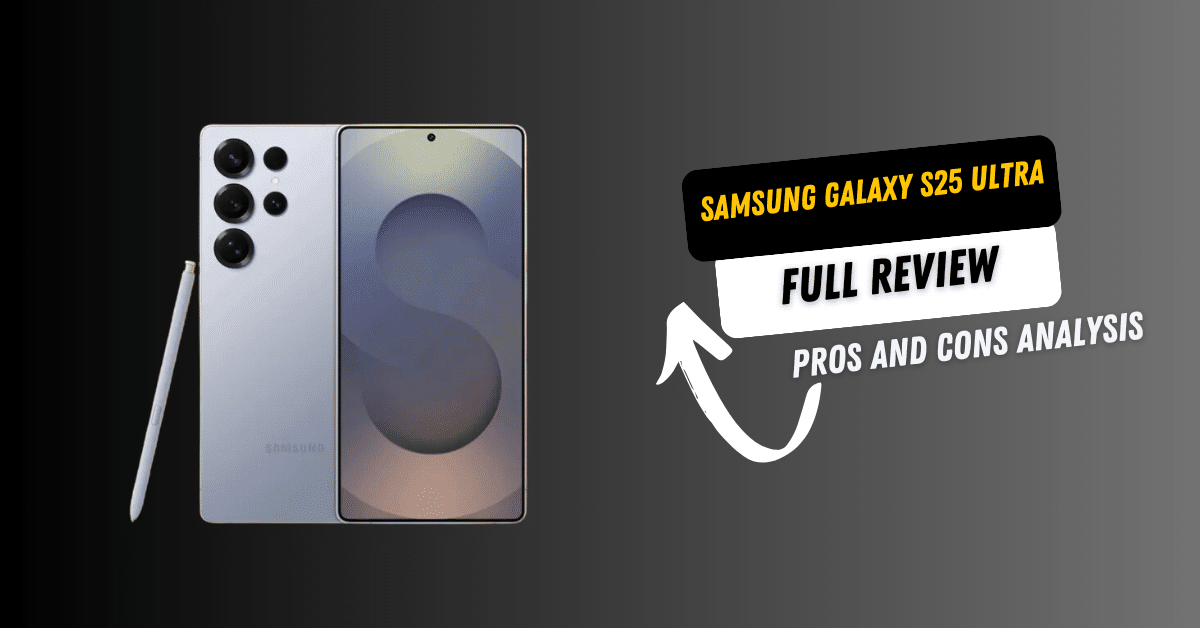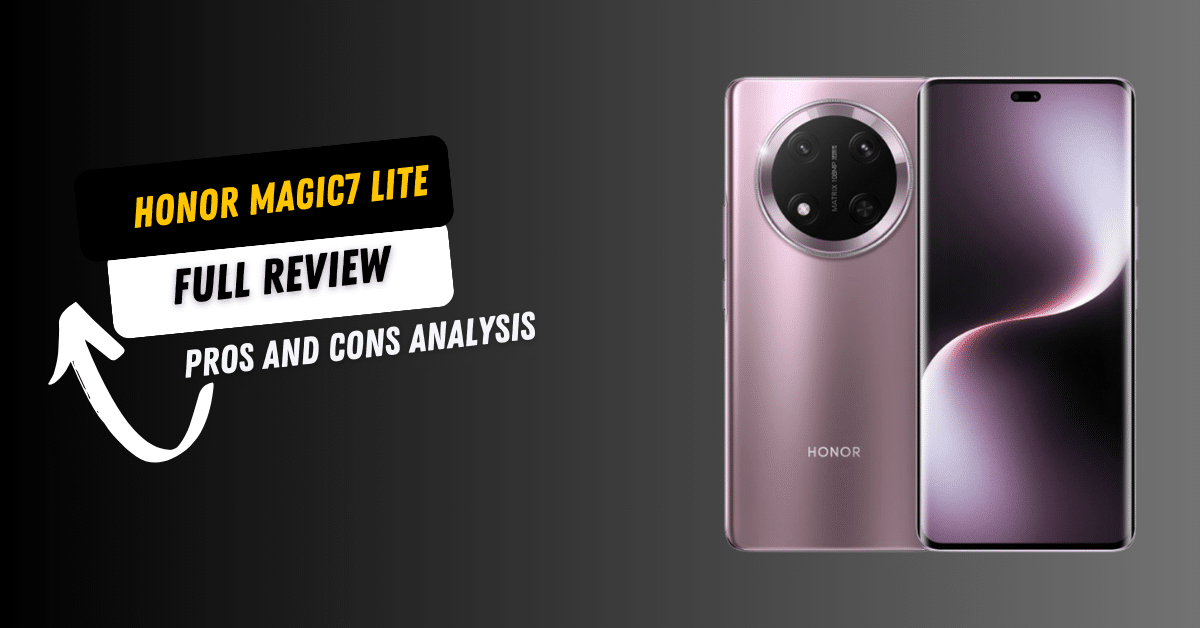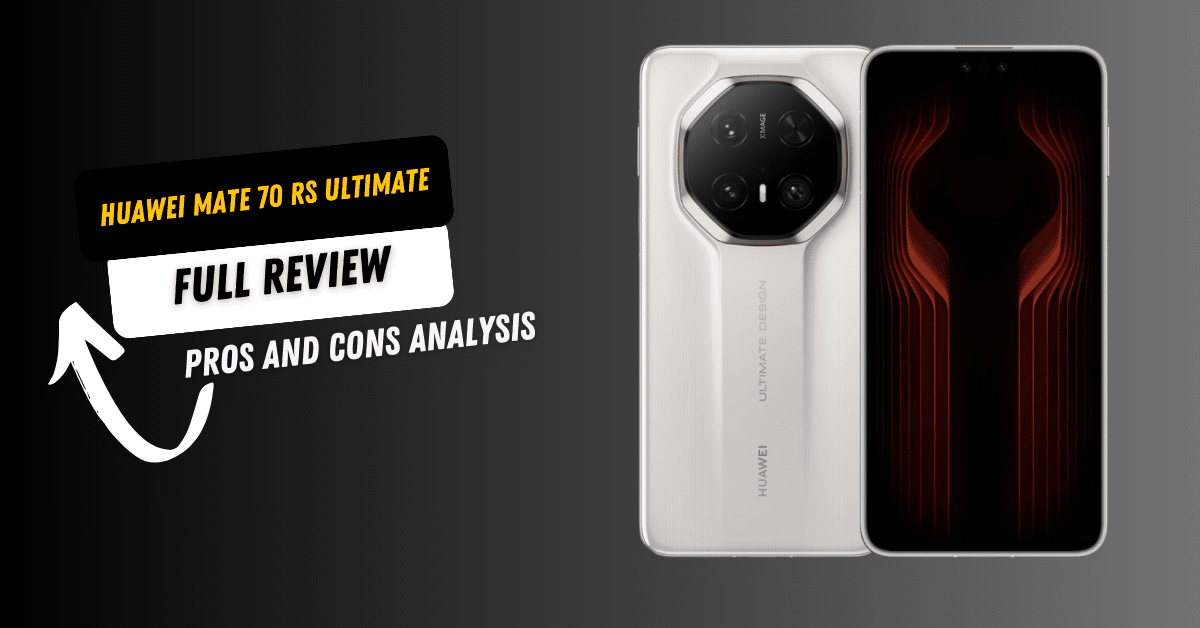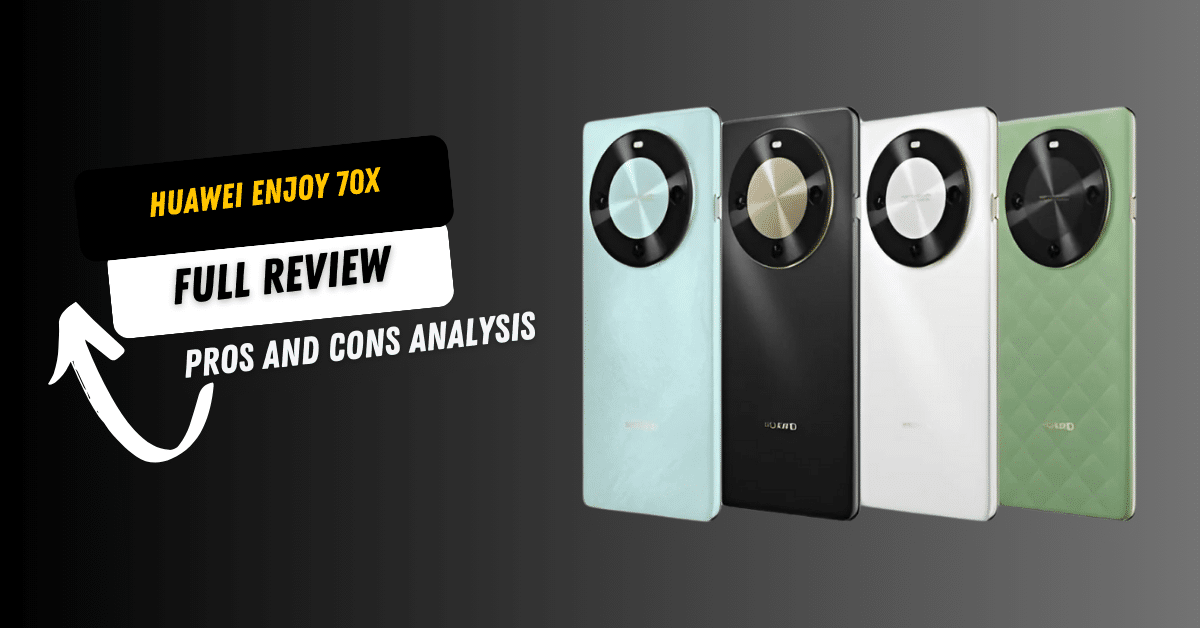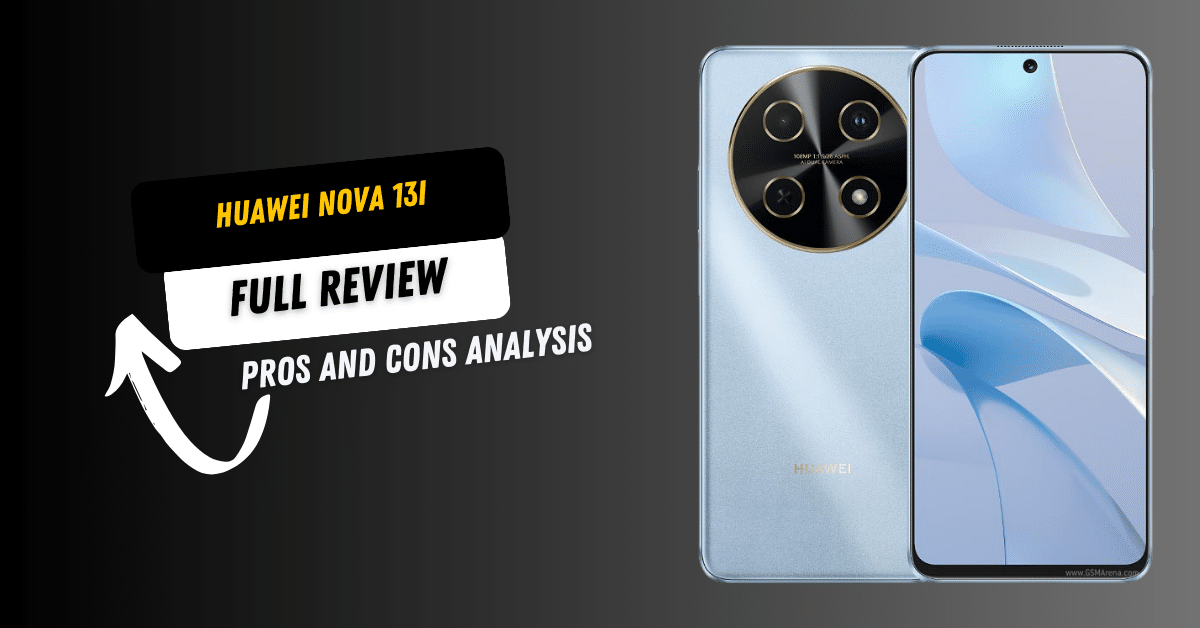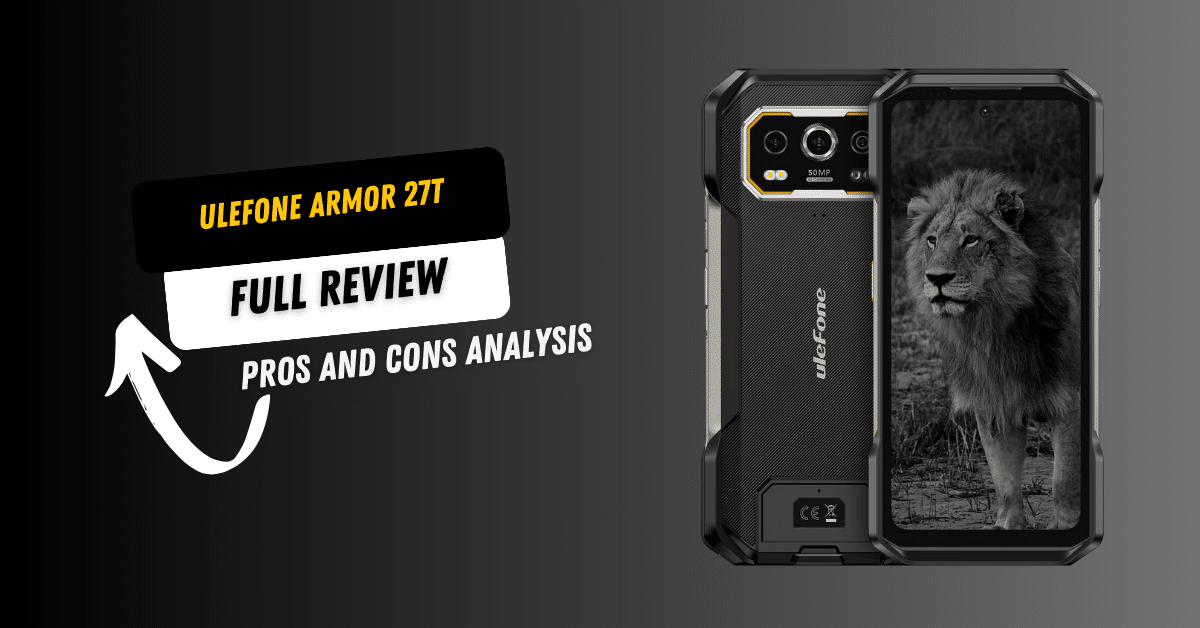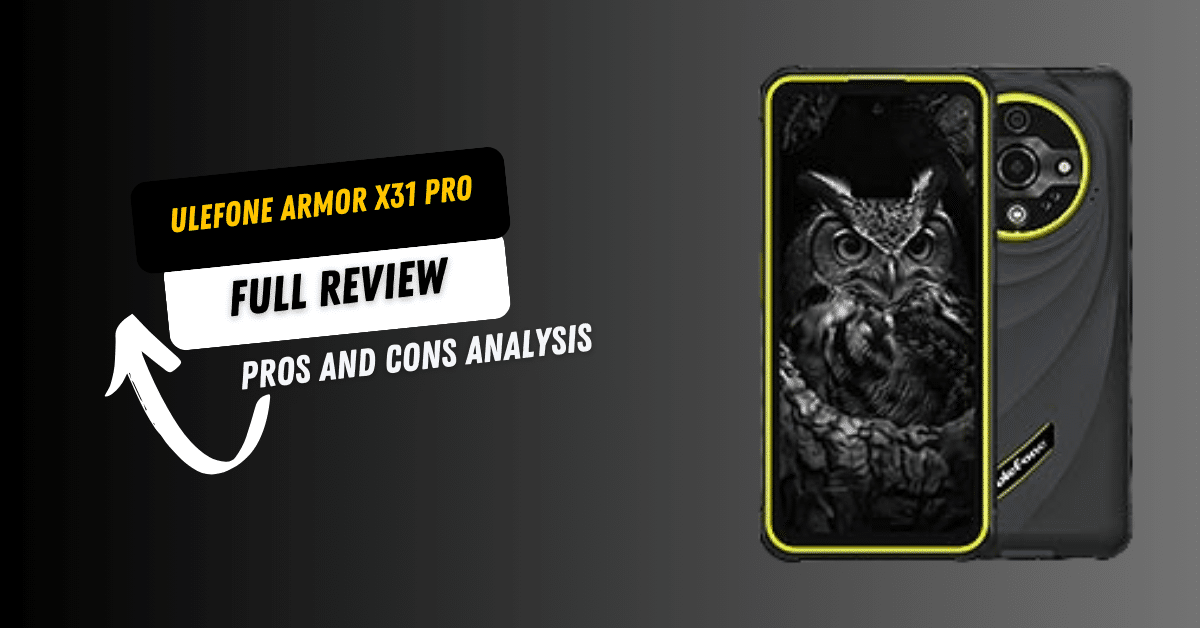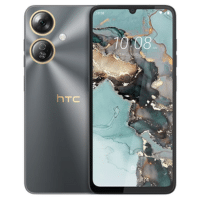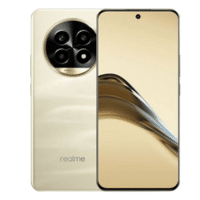The Vivo Y200 4G is a mid-range smartphone designed to balance performance, display quality, and camera capabilities without breaking the bank. With its AMOLED display, 120Hz refresh rate, and Snapdragon 685 processor, this device aims to cater to users looking for smooth multitasking, decent gaming performance, and reliable battery life.
Priced at 58,999 PKR in Pakistan, the Vivo Y200 4G positions itself as a strong contender in the mid-range category. However, while it delivers solid features like a 64MP dual-camera setup, 44W fast charging, and expandable storage, it does come with a few compromises. The absence of 5G support, wireless charging, and a more premium glass build might be dealbreakers for some users.
Vivo Y200 4G: Key Specifications at a Glance
The Vivo Y200 4G packs a range of features aimed at delivering a balanced smartphone experience in the mid-range segment. From a vibrant AMOLED display to a Snapdragon 685 processor, this device offers a mix of performance, camera quality, and battery efficiency. However, certain compromises, such as no 5G support and a plastic build, may affect the overall appeal.
Processor & Performance
At the core of the Vivo Y200 4G is the Qualcomm Snapdragon 685 chipset, paired with the Adreno 619 GPU. This combination provides smooth multitasking, efficient app handling, and casual gaming capabilities. While the processor performs well for daily tasks, it may struggle with heavy gaming or intensive multitasking, especially compared to competitors offering more powerful chipsets in the same price range.
Display & Refresh Rate
The smartphone boasts a 6.67-inch AMOLED display with a 120Hz refresh rate, ensuring fluid scrolling and immersive visuals. The colors are vibrant, making it ideal for watching videos and browsing social media. However, outdoor visibility could have been better, as the brightness levels struggle under direct sunlight.
Storage & Expandability
Users can choose between 6GB or 8GB of RAM, coupled with UFS 2.2 storage for faster data access and app loading times. Additionally, expandable storage is available for those needing extra space. Unfortunately, the device lacks wireless charging, which might disappoint users looking for modern charging conveniences.
Battery & Fast Charging
A Li-Po 4800mAh battery powers the device, supported by 44W fast charging, allowing for quick top-ups when needed. While the battery life is generally reliable for a full day’s usage, heavy users might find themselves reaching for the charger by the evening.
Camera Capabilities
The Vivo Y200 4G features a dual-camera setup with a 64MP primary sensor and a 16MP selfie camera. The main camera performs well in daylight conditions, but low-light photography is not its strongest suit, lacking OIS (Optical Image Stabilization) for sharper night shots.
Software & User Experience
Running on Funtouch 13 based on Android 13, the interface offers customization options and smooth navigation. However, bloatware and unnecessary pre-installed apps can take up storage and require manual uninstallation for a cleaner experience.
Build & Durability
The plastic build makes the device lightweight and easy to handle, but it may not feel as premium as glass-backed alternatives. The IP64 rating offers basic water and dust resistance, which is a useful but limited protection feature.
Audio & Connectivity
Equipped with stereo speakers, a 3.5mm headphone jack, USB Type-C 2.0, and Bluetooth v5.1, the phone provides decent connectivity options. The lack of USB 3.0 support means slower data transfer speeds, which could be a downside for users who frequently transfer large files.
Build and Design: Premium Yet Lightweight
The Vivo Y200 4G offers a sleek and stylish design, making it an attractive choice for users who prioritize aesthetics. Available in Jungle Green and Desert Gold, the device brings a fresh, modern look that appeals to a wide audience. However, despite its eye-catching finish, some users might question its durability, as the phone features a plastic build instead of a glass-backed design commonly seen in premium models.
Plastic Build vs. Glass – A Trade-Off?
While the plastic construction ensures the phone remains lightweight and easy to handle, it might lack the premium feel of glass-backed alternatives. The advantage here is better resistance to accidental drops, as plastic tends to be less fragile than glass. However, it is also more prone to scratches and fingerprints, meaning users might need a protective case to maintain its appearance over time.
Water Resistance: IP54 or IP64?
The IP64 rating offers basic dust and water resistance, making the phone somewhat protected against splashes and minor exposure to dust. However, this does not mean the device is fully waterproof, so users should avoid exposing it to heavy rain or submerging it in water. Compared to competitors that provide IP67 or higher ratings, the Vivo Y200 4G’s water resistance is somewhat limited.
Ergonomics & Comfort: Designed for Daily Use
With a lightweight profile and ergonomic design, the Vivo Y200 4G fits comfortably in hand, making it ideal for long-term use. The curved edges enhance the grip, reducing the chances of accidental slips. However, due to its plastic body, some users might feel it lacks a premium touch, which could be a deciding factor for those who prefer a more high-end in-hand feel.
Overall, the Vivo Y200 4G balances style, comfort, and durability, but its plastic build and limited water resistance might not appeal to users looking for a more premium experience.
Display: AMOLED Brilliance with a 120Hz Refresh Rate
One of the standout features of the Vivo Y200 4G is its AMOLED display, which delivers vivid colors, deep blacks, and excellent contrast. This ensures an immersive viewing experience, making it an ideal choice for content consumption, gaming, and everyday use. Whether watching videos, browsing social media, or playing games, the display quality feels premium despite the phone being in the mid-range segment.
AMOLED Display – A Visual Treat?
With its rich color reproduction and high brightness levels, the AMOLED panel on the Vivo Y200 4G ensures that content appears sharp and vibrant, even in outdoor lighting conditions. However, some users might notice a lack of HDR support, which means the phone might not deliver the same cinematic experience as higher-end models. Additionally, screen protection details aren’t explicitly mentioned, raising concerns about scratch resistance.
120Hz Refresh Rate – Smooth or Overhyped?
The 120Hz refresh rate significantly enhances smoothness in scrolling, animations, and gaming performance. Users will appreciate the buttery-smooth transitions when navigating through apps or playing fast-paced games. However, not all applications fully utilize the high refresh rate, and enabling it may slightly impact battery life. Those who prefer extended battery longevity might find themselves switching back to 60Hz to conserve power.
A Good Display with Minor Trade-Offs
Overall, the Vivo Y200 4G’s AMOLED display stands out in its price range, offering excellent visuals and a high refresh rate. While it lacks HDR support and may consume more battery at 120Hz, it still provides a fantastic viewing experience for most users.
Performance & Benchmark Scores
The Vivo Y200 4G is powered by the Qualcomm SM4375 Snapdragon 4 Gen 1, an efficient chipset designed for mid-range smartphones. This chipset is paired with the Adreno 619 GPU, ensuring smooth performance for everyday tasks such as browsing, social media, and light gaming. When it comes to real-world performance, the Vivo Y200 4G handles these activities without much hiccup, offering a satisfactory experience for most users.
Benchmark Performance: How Does It Stack Up?
In terms of benchmark scores, the Vivo Y200 4G performs decently but doesn’t quite stand out in the mid-range category. On the AnTuTu Benchmark, it scores within the average range for its class, showing its ability to handle standard tasks with ease. However, when compared to its competitors with more powerful chips, the performance might feel a bit behind in terms of raw processing power. Similarly, its GeekBench 6 scores indicate that while the phone is capable of multitasking, it’s not the best in class for high-performance gaming or intensive applications.
Multitasking: Can It Handle It All?
In terms of multitasking, the Vivo Y200 4G with 6GB/8GB of RAM and UFS 2.2 storage does a decent job at handling multiple apps running in the background. The phone can easily switch between apps, and it doesn’t lag during general tasks. However, when it comes to heavy multitasking, such as running resource-intensive apps or engaging in extended gaming sessions, the performance may slightly dip. The Qualcomm SM4375 Snapdragon 4 Gen 1 is not designed for high-end gaming, and its limitations become apparent when trying to play graphic-heavy games for extended periods.
Overall Performance: Satisfactory but Not Exceptional
While the Vivo Y200 4G offers decent performance and good multitasking capabilities, it doesn’t push boundaries in terms of raw processing power. It’s a reliable choice for everyday use, but for power users or mobile gamers, it might feel lacking in certain areas. Its benchmark scores reflect its position in the mid-range segment, and it’s best suited for those who prioritize everyday performance over extreme processing power.
Camera Performance: Does It Deliver?
The Vivo Y200 4G offers a dual camera setup, featuring a 64MP primary camera and a 16MP selfie camera. On paper, these specifications seem promising, especially for a mid-range smartphone. However, the real question is: Does it actually deliver when it comes to photography results?
Photography Results: HDR, Portrait, and Low-Light Shots
When it comes to HDR and portrait shots, the Vivo Y200 4G performs reasonably well. The 64MP primary camera captures sharp images with good color accuracy and decent detail. Portrait mode works fine, producing blurry backgrounds that are typical of bokeh effects, though it sometimes struggles with edge detection, especially in low-light situations. Speaking of low-light photography, while the phone does try to brighten up the image, the results may not be as sharp or clear as some users might expect. Noise often creeps into the frame, especially in darker environments, leading to images that can feel a bit grainy. This isn’t necessarily a deal-breaker for casual photography, but for those seeking exceptional low-light performance, it may fall short of the mark.
Camera Modes: Gyro-EIS, Video Recording, and Vlogging Potential
The Vivo Y200 4G comes equipped with Gyro-EIS (Electronic Image Stabilization), which enhances the video recording experience by providing steadier footage. For those into content creation or vlogging, this feature is especially useful. The camera performs well in daylight video recording, offering smooth and stable footage. However, in low-light situations, the video quality tends to drop, showing more noise and less clarity. While vlogging potential is certainly there, especially for social media enthusiasts, more professional video creators might find the camera lacking in advanced video features or the overall quality compared to higher-end models.
Overall Camera Performance: Good, But Not Outstanding
The camera performance of the Vivo Y200 4G is solid for a mid-range device, but it does have its limitations. The 64MP camera provides good image quality in well-lit conditions, but it’s not without its flaws in low-light photography or more advanced vlogging tasks. The Gyro-EIS feature certainly makes the video recording experience better, but the overall camera performance still lags behind the competition in certain areas, making it a suitable choice for casual photographers rather than professional content creators.
Battery & Charging: Fast and Efficient?
The Vivo Y200 4G comes equipped with a 4800mAh battery, which sits just a tad below the 5000mAh standard found in some competing models. While it might seem like a small difference on paper, does it really affect the overall battery life and performance?
4800mAh Battery vs 5000mAh Battery: How Does It Hold Up?
In day-to-day use, the 4800mAh battery of the Vivo Y200 4G holds up reasonably well. With moderate usage, which includes social media browsing, light gaming, and media consumption, it easily lasts a full day. However, when compared to devices with 5000mAh batteries, the difference is noticeable, especially during intensive usage. If you’re someone who uses their phone for high-demand tasks or frequently streams videos, you might find yourself needing to recharge by the end of the day.
44W Fast Charging: Quick Recharge Times
One area where the Vivo Y200 4G excels is in charging speed. With 44W fast charging, the device can go from 0 to 50% in around 30 minutes, which is impressive. If you’re in a rush or need a quick top-up, the fast charging feature can be a life-saver. However, it’s worth noting that while 44W charging is fast, it’s not the fastest available in the market. Some competitors now offer 65W or even 100W fast charging, which can fully charge a device in less time. Still, for most users, the Vivo Y200 4G’s charging speed will be more than sufficient.
Battery Life in Real-World Usage
In terms of battery life, the Vivo Y200 4G performs decently. During average daily usage, the 4800mAh battery provides a full day of use without issue. However, it does start to show some signs of wear during intensive usage such as gaming or video streaming. Users who push their phones hard may find that they need to plug in before the day is over. While the battery life is generally solid for a mid-range smartphone, it’s not exceptional by today’s standards.
Final Thoughts on Battery & Charging
The Vivo Y200 4G provides a decent battery life and quick charging times. While it might not outshine competitors with larger 5000mAh batteries or faster charging speeds, it offers a balanced experience for those who aren’t heavy users. The 44W fast charging feature is definitely a highlight, but the battery life itself might not be enough for those who demand more power throughout the day. For casual users, though, it’s certainly a reliable option.
Connectivity & Features: 5G or Not?
As smartphones continue to evolve, connectivity plays a significant role in determining the overall user experience. The Vivo Y200 4G does not support 5G connectivity, which may be a dealbreaker for some users, especially those looking ahead to the future of mobile networks. However, let’s take a closer look at what this means for users today, comparing 5G support vs 4G limitations, and evaluating other aspects like USB Type C 2.0 and the audio experience.
5G Support vs 4G Limitations
While 5G offers blazing-fast speeds and ultra-low latency, the Vivo Y200 4G operates on 4G LTE, which limits its potential in terms of future-proofing. Users in 5G-enabled areas might find themselves envious of the speeds offered by 5G networks, but for the majority of people who aren’t reliant on high-speed data for tasks like streaming 4K videos or engaging in heavy gaming, 4G LTE will suffice. However, if you’re looking for a phone that will support the latest network advancements, this could be a drawback. The lack of 5G support makes the device feel somewhat limited in an increasingly 5G-driven market.
USB Type C 2.0 – Is it Outdated?
Another area of interest is the USB Type C 2.0 port. While USB Type C has become the standard for many modern smartphones, the 2.0 version lags behind in terms of data transfer speeds and charging capabilities compared to USB Type C 3.0 or USB Type C 3.1. Though still functional for regular tasks, the USB Type C 2.0 can feel outdated, especially as faster data transfer speeds and better charging protocols become more common in premium devices. If you’re someone who frequently transfers large files or needs the fastest charging, this could be seen as a limitation, as newer models are equipped with USB Type C 3.1 or even USB 4.0 for quicker data and charging performance.
Stereo Speakers & Audio Experience
When it comes to audio, the Vivo Y200 4G is equipped with stereo speakers, delivering an immersive sound experience for media consumption. The stereo setup is a nice touch, providing better sound quality compared to traditional mono speakers. However, the sound could be a bit lacking in bass for audiophiles or users who enjoy a more premium audio experience. While it’s suitable for watching videos and listening to music, if you’re someone who demands higher audio performance, you might find the stereo speakers on the Vivo Y200 4G to be a bit underwhelming.
Final Thoughts on Connectivity & Features
The Vivo Y200 4G offers solid connectivity with 4G LTE, but its lack of 5G support could be a downside for those looking for future-proofing. The USB Type C 2.0 port may feel outdated compared to newer standards, and the audio experience, while decent, might not satisfy those looking for premium sound quality. Overall, the Vivo Y200 4G excels in some areas but falls short in others, making it more suitable for users who are content with the current 4G connectivity and average audio performance.
Pros & Cons of Vivo Y200 4G
The Vivo Y200 4G is a budget-friendly smartphone that packs a punch in certain areas while making sacrifices in others. Here’s an honest look at its pros and cons, offering a balanced view on what to expect from this device.
✅ Pros:
✔ Premium AMOLED Display with 120Hz Refresh Rate
The Vivo Y200 4G features a premium AMOLED display that offers rich colors and deep blacks, providing an exceptional viewing experience. Combined with a 120Hz refresh rate, it ensures smooth scrolling, fluid animations, and an enhanced experience while watching videos or playing games. For users who appreciate high-quality displays, this is a major plus, making it stand out in its price category.
✔ Solid Battery Performance with Fast Charging
Equipped with a 4800mAh battery, the Vivo Y200 4G performs well in terms of battery life, easily lasting through a full day of moderate usage. The 44W fast charging capability ensures that you spend less time waiting for your device to charge, making it convenient for users who need quick power-ups on the go. However, it could be better for heavy users who are constantly on their devices, as the battery size is slightly smaller compared to other phones in the same range.
✔ Reliable Camera Performance with Gyro-EIS Support
The Vivo Y200 4G offers a reliable camera performance with a dual-camera setup, including a 64MP primary camera that delivers impressive results, especially in well-lit conditions. The Gyro-EIS (Electronic Image Stabilization) feature ensures smoother videos, which is a great addition for content creators and vloggers. While it doesn’t compare to flagship models, it certainly stands out in the budget segment for its value.
✔ Expandable Storage Option
Unlike many smartphones in the budget range that have fixed storage, the Vivo Y200 4G offers an expandable storage option, which is a huge benefit for users who need more space for apps, media, or documents. It allows for greater flexibility, ensuring that you don’t run out of space too quickly, especially if you store a lot of photos, videos, or apps.
✔ Durable Build with IP64 Rating
While the build quality isn’t premium, the Vivo Y200 4G offers a durable design with an IP64 rating, providing some level of water and dust resistance. This makes the device more resilient to everyday wear and tear, a key feature for those who want a phone that can handle spills, splashes, and dust without a hitch.
❌ Cons:
✖ No 5G Support (Compared to Rivals)
One of the biggest drawbacks of the Vivo Y200 4G is its lack of 5G support, which could become a dealbreaker for users looking for future-proofing. Many of its competitors in the same price bracket offer 5G connectivity, which is becoming increasingly important as mobile networks evolve. While 4G LTE is still reliable for most users, the absence of 5G support feels like a missed opportunity for users who want to keep up with the latest network advancements.
✖ Plastic Build Instead of Premium Glass
Another downside is the plastic build of the Vivo Y200 4G, which doesn’t exude the same premium feel as glass-backed devices. While this helps keep the cost low, it also means that the phone lacks the premium touch that users often expect from newer smartphones. The plastic body also tends to show fingerprints and smudges more easily, which can be a minor inconvenience for users who prefer a cleaner look.
✖ No Wireless Charging
The Vivo Y200 4G lacks wireless charging, a feature that has become standard in many mid-range smartphones. While it may not be a necessity for everyone, wireless charging offers convenience and a sleek, cable-free experience that some users value. Without this feature, you’ll have to rely on the standard wired charging, which, though fast, isn’t as convenient as being able to simply place your phone on a charging pad.
✖ USB Type C 2.0 Instead of Newer Versions
The Vivo Y200 4G is equipped with a USB Type C 2.0 port, which is functional but lags behind newer versions like USB Type C 3.0 or USB 3.1. While this doesn’t make a huge impact on regular users, the slower data transfer speeds and charging capabilities can be limiting for those who require faster performance. This feels outdated compared to other budget-friendly smartphones offering faster versions of USB Type C.
Final Verdict: Should You Buy the Vivo Y200 4G?
The Vivo Y200 4G is a well-rounded budget-friendly smartphone that offers good features, but whether it’s the right choice depends on your needs. Here’s an honest breakdown of who should consider this device and who might want to look elsewhere.
Best For: Casual Users, Photography Lovers, Content Creators
The Vivo Y200 4G shines for casual users who don’t demand top-tier specifications but still want a reliable, functional phone. With its AMOLED display and 120Hz refresh rate, it’s great for casual browsing, media consumption, and social media. The 64MP primary camera, paired with Gyro-EIS, also makes it a solid choice for photography lovers who want good quality shots without breaking the bank.
For content creators, the camera and video recording capabilities (supported by Gyro-EIS) stand out, offering smooth video quality that’s ideal for vlogging and social media content. The expandable storage option is an added bonus for users who need more space for their photos and videos, making it a great choice for those looking to store lots of media.
Is It Worth the Price? How It Stacks Up Against Competitors
The Vivo Y200 4G delivers good value for its price, especially considering the premium AMOLED display and solid battery performance with 44W fast charging. However, it falls short in comparison to some of its competitors that offer 5G support or more premium builds.
When compared to similarly priced devices, the Vivo Y200 4G holds its own in areas like camera performance, display quality, and battery life. But the lack of 5G support and a plastic build could be deal-breakers for users who are looking for more future-proof features. Its USB Type C 2.0 port also feels outdated, especially when many competitors have moved to faster versions of USB.
Overall, if you’re looking for a well-rounded device with excellent photography capabilities and are not concerned about future-proofing with 5G connectivity, the Vivo Y200 4G is definitely worth considering.
Who Should Skip It?
If you’re someone who needs 5G support, the Vivo Y200 4G might not be the best choice. As 5G becomes more mainstream, skipping this feature could leave you with a phone that feels outdated sooner than you’d like. Additionally, if you’re someone who values a premium build, you might want to consider other options, as the plastic body and lack of wireless charging could be a disappointment.
For those seeking a device with more premium features like 5G, a glass build, and faster USB charging, it may be worth exploring more expensive options or even other mid-range competitors that offer those features.


